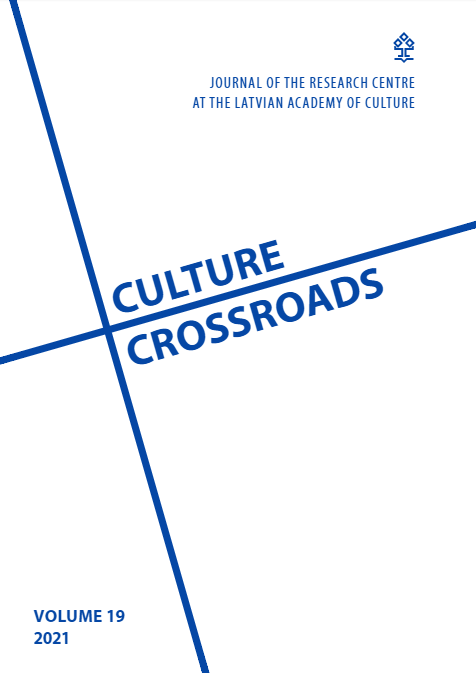CHILDREN’S OPERA BRUNDIBÁR BY HANS KRÁSA – UNIQUE STAGE HISTORY AND CONTEMPORARY SIGNIFICANCE
CHILDREN’S OPERA BRUNDIBÁR BY HANS KRÁSA – UNIQUE STAGE HISTORY AND CONTEMPORARY SIGNIFICANCE
Author(s): Mstislav PentkowskySubject(s): Cultural history, Music, Studies in violence and power, Interwar Period (1920 - 1939), WW II and following years (1940 - 1949), Sociology of Art
Published by: Latvijas Kultūras akadēmija
Keywords: children’s opera Brundibár; Hans Krása; Theresienstadt; genocide;
Summary/Abstract: Brundibár, an opera written by the Czech composer Hans Krása in 1938, has gained worldwide fame since the end of World War II and has become a representation of the global resistance to genocide and crimes against humanity. Brundibár was performed fifty-five times by the young Jewish inmates of the Theresienstadt concentration camp (Czechoslovakia) during 1943–1944. Depicting the victory of the helpless children over the tyrannical organ grinder Brundibár (“bumble-bee” in Czech), this opera symbolized the triumph of the good over the evil. It provided the prisoners of the camp with the hope for the liberation. In the autumn of 1944, composer Hans Krása, conductor Rafael Schächter, stage designer František Zelenka, and 150 young actors and members of the orchestra were deported in the cattle wagons to Auschwitz and other concentration camps. After the deportation of the artists, the most popular theatre production at Theresienstadt was silenced only to be revived after the end of Word War II. This paper aims to demonstrate that the role of Brundibár goes far beyond a common opera production. Brundibár has a great significance and a very special meaning when performed in the countries with the authoritarian regimes in the past, e. g. in Latvia, who faced mass deportations of the Latvians in 1941–1949 and lost the majority of its Jewish population during the Holocaust. The paper talks about the importance of the art pieces about the genocide in the 20th century that should be presented to a wide audience to keep the traumatic memory of the past alive in the memory of the today’s society.
Journal: Culture Crossroads
- Issue Year: 19/2021
- Issue No: 1
- Page Range: 55-67
- Page Count: 13
- Language: English

